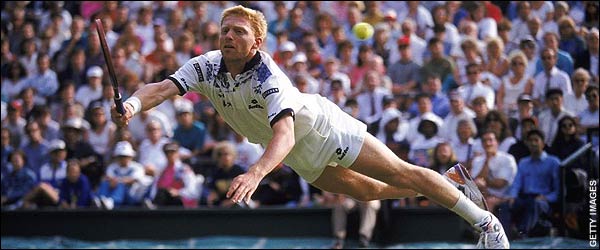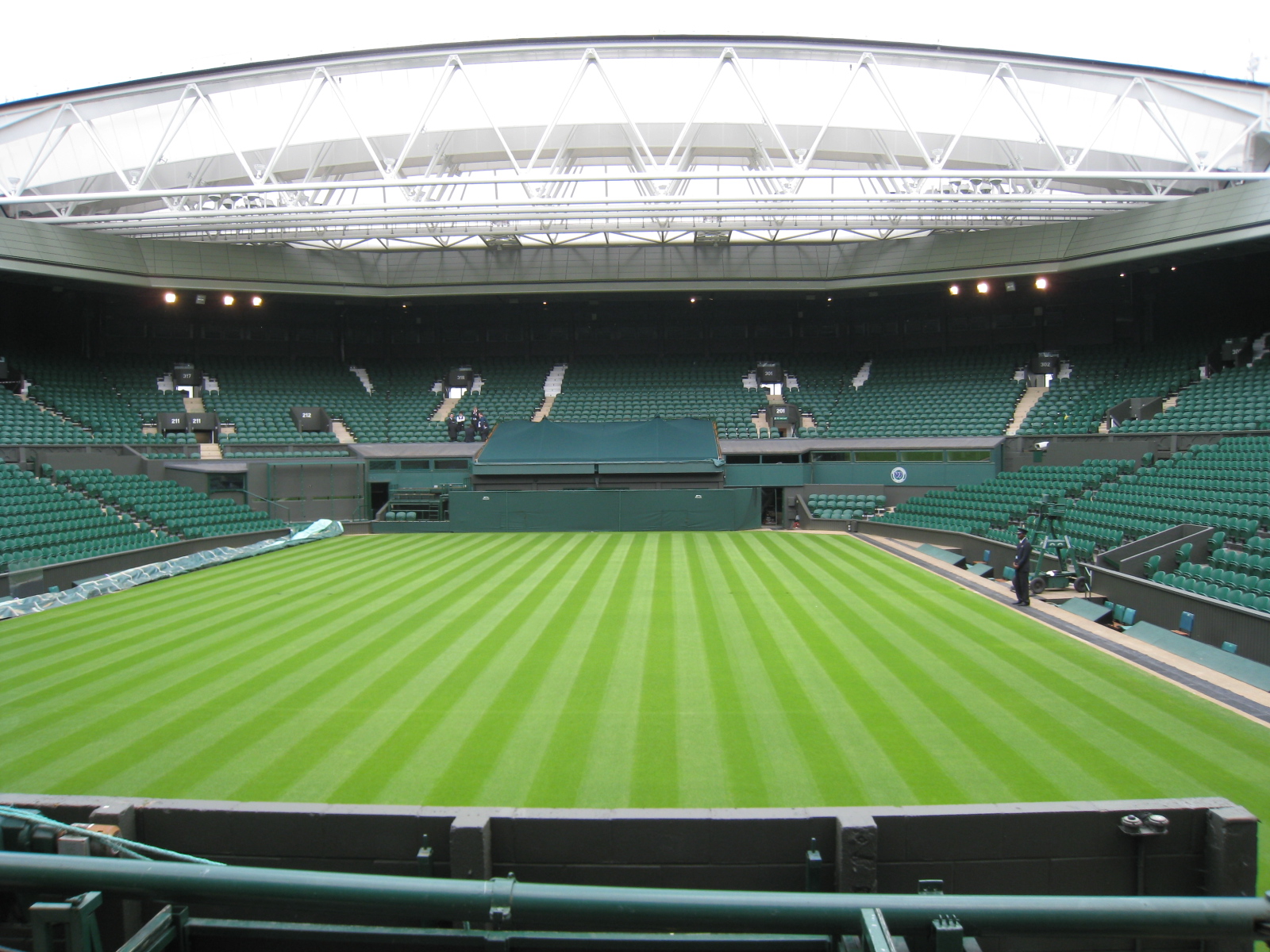It was the second round of Wimbledon 2013. The greatest tennis player of all-time, Roger Federer, was up against a relative unknown in Sergiy Stakhovsky. Federer is going to win; that is what the vast majority assumed. It was almost certain, given that he was the defending champion and he has reached or surpassed the quarterfinals every year since 2002. Federer won the first set. Then the unexpected happened. 'Stako', as he likes to be called, won it in four tight sets.
Fans of the serve and volley game were understandably overcome with joy. They hadn’t felt this excitement, this euphoria watching a game of tennis in years. Why? It had nothing to do with Swiss Maestro, and everything to do with the Ukrainian underdog. Not only were they watching a wonderful serve and volley performance, they were watching Stakhovsky do it successfully against one of the best players around, on his favorite surface! They realized that this sort of thing hadn’t happened in a very long time.
Many serve and volley fans of more recent generations (i.e pre-Federer) idolized Tim Henman. Yes, he may have played like a 50-year-old at the baseline, but he was absolutely relentless at the net. He was one of the last of a dying, once dominant, breed of players; or at least, he was one of the last successful ones. But a long, illustrious list of legends that categorically dominated the game, era after era, preceded him. Boris Becker, Pete Sampras, John McEnroe, Stefan Edberg, Rod Laver, Patrick Rafter; the list goes on.

Where did the serve and volleyers go?
So, what happened? How could a style of play that dominated the game for decades upon decades, almost suddenly, simply disappear?
One of the reasons for this occurrence, and probably the most logical one, is racket technology. The amount of control, to go along with power, these state-of-the-art top-end rackets give players today, is staggering compared to the wooden rackets of old. Players are able to put an ample amount of top-spin into their strokes, thus rendering passing shots and lobs to be hit with that much more force, accuracy and precision.
Attacking the net against the likes of Djokovic and Nadal at the top of their respective games, with their cutting-edge rackets, can be a nightmare if you’re not ridiculously good at it.
A case could also be made that modern era players are simply better returners. It could be that, in order to keep up with the bar being set so high by the great players of this generation, players have learned to be better counter-punchers; better at studying different serves and how to defend them. They are better at fending off opponents looking to attack aggressively, regardless of whether they plan on charging the net.
Perhaps, at least from a logical standpoint, the popular sports metaphor "Defense wins championships" played its part in the evolution of the game.
It may even be that serve and volley players are so rare today because of the way they are coached from a psychological angle. Sports psychology has certainly increased in popularity and demand recently, with tennis players especially requiring an abundance of mental strength to put up with the intense, exhaustingly long seasons. Even the famous Chelsea Football Club manager, Jose Mourinho, was recently quoted saying soccer players could learn a lot for tennis players' mental strength.
With that mindset being installed into players' psyche, it could be that they go into matches with a warriors’ mentality. Looking to win a duel of supremacy using raw power and technique from the baseline; to come out victorious by way of fighting fire with fire, so to speak.
It is conceivable that winning this way represents a massive ego boost to players, or maybe even a better reputation or perception as an all-round better player. After all, many good serve and volleyers never had the reputation of being all-round 'great' players, Henman included.

Why Wimbledon is so great
For the limited number of serve and volley fans left, this is the best time of the year. With Wimbledon just days away, it is the time for them to be excited about the chances of serve and volley players taking center stage and causing upsets.
It is the time for the possibility of an up and coming prospect to rise, and give them hope that the style isn’t completely dead yet. It is the time for players who normally won’t attack the net so regularly (such as Federer himself) to resort to that tactic more often, on the surface that is best suited for it.
The game is faster on grass. For many fans, it is more enjoyable. There are more aces. There are more interesting rallies with more variety, as opposed to the endlessly boring back-and-forth from the back of the court we tend to see at tournaments like Roland Garros. Of course, those views are subject to personal taste.
Nevertheless, one could be inclined to compare The Championships, Wimbledon to the Premier League. Those who follow soccer will know that the Premier League is faster than other leagues, hence making it arguably the most popular and enjoyable domestic product in the sport.
Whether we will see a performance (or two) reminiscent of Stakhovsky’s in 2013 remains to be seen. Some of the seasoned serve and volleyers to watch out for include Stakhovsky, Nicolas Mahut, Feliciano Lopez, Sam Groth and Dustin Brown.
Whatever happens, though, Wimbledon is a must see for all Tennis fans, as well as new spectators. It is a great advert for the sport, given the history, culture and entertainment value associated with it. Wimbledon is the World Cup of tennis. It is Wrestlemania. It is the Super Bowl. It is that iconic brand that tennis, and every other sport, essentially needs.










































